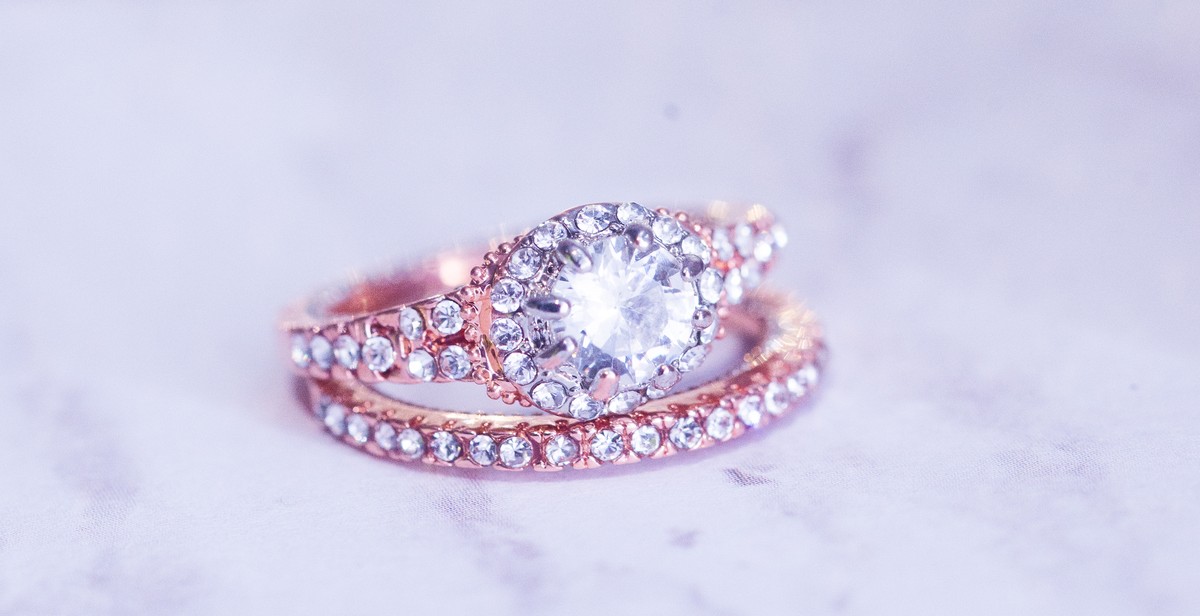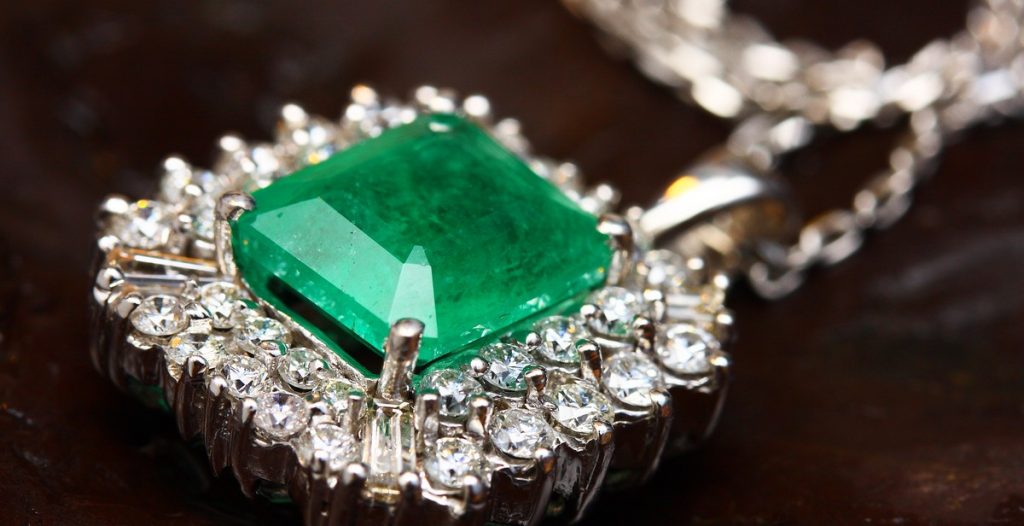The Most Expensive Jewelry in the World and Its History
Jewelry has always been a symbol of wealth and status, with some pieces being so valuable that they are considered priceless. From diamonds to pearls, rubies to sapphires, the most expensive jewelry in the world is a testament to the craftsmanship and beauty of these precious gems.
A Brief History of Jewelry
Jewelry has been an important form of adornment for thousands of years, with evidence of jewelry dating back to ancient civilizations such as the Egyptians, Greeks, and Romans. In these early societies, jewelry was often worn as a symbol of social status, to indicate wealth and power.
Over time, jewelry became more intricate and sophisticated, with new materials and techniques being developed to create stunning pieces that were not only beautiful but also functional. Today, jewelry is still an important part of many cultures, with new designs and styles constantly emerging.
The Most Expensive Jewelry in the World
From diamond-encrusted necklaces to rare colored gemstones, the most expensive jewelry in the world is coveted by collectors and enthusiasts alike. Some of the most expensive pieces have a rich history, having been owned by royalty or famous celebrities.
In this article, we will explore the most expensive jewelry in the world and its history, from the iconic Hope Diamond to the stunning Pink Star Diamond.
The History of Expensive Jewelry
Jewelry has been a part of human culture for thousands of years. From ancient times to the present day, people have adorned themselves with precious metals and stones to signify wealth, status, and beauty. The history of expensive jewelry is a fascinating one, spanning centuries and continents.
Ancient Times
One of the earliest examples of expensive jewelry comes from ancient Egypt. Pharaohs and other members of the elite class were often buried with elaborate jewelry, including gold and silver necklaces, bracelets, and earrings. These pieces were not only decorative but also served a religious purpose, as they were believed to protect the wearer in the afterlife.
In ancient Rome, jewelry was also a symbol of wealth and power. Emperors and other high-ranking officials would wear intricate gold and silver crowns, necklaces, and rings to signify their status. The use of precious stones, such as diamonds and emeralds, became popular during this time, as well.
Middle Ages
During the Middle Ages, jewelry continued to be a symbol of status and wealth. The Catholic Church played a significant role in the design and production of jewelry during this time, as they commissioned many pieces for use in religious ceremonies. Gold and silver were still the most popular metals, but the use of gemstones became more widespread.
One of the most famous pieces of jewelry from the Middle Ages is the Crown Jewels of England. The collection includes the Crown of St. Edward, which was made in 1661 and is adorned with over 400 precious stones, including diamonds, emeralds, and rubies.
Renaissance Period
The Renaissance period saw a resurgence of interest in classical art and design, which influenced jewelry makers of the time. The use of intricate designs and gemstones became more prevalent, and the concept of the “parure” emerged. A parure is a set of matching jewelry pieces, such as a necklace, bracelet, and earrings, that are designed to be worn together.
The Medici family of Italy was known for their love of jewelry, and they commissioned many pieces from famous artists of the time, such as Benvenuto Cellini. One of the most famous pieces from this period is the Florentine Diamond, a yellow diamond that was given to the Medici family by the King of Spain in the 16th century.
Victorian Era
The Victorian era saw a shift in the design and production of jewelry. Queen Victoria, who ruled from 1837 to 1901, popularized the use of mourning jewelry, which was worn to commemorate the death of a loved one. This type of jewelry often featured black materials, such as onyx or jet, and was adorned with lockets containing a lock of hair from the deceased.
The use of diamonds and other precious stones also became more widespread during the Victorian era, as new mining techniques made them more accessible. The Koh-i-Noor diamond, one of the largest diamonds in the world, was presented to Queen Victoria in 1850 and is now part of the British Crown Jewels.
| Time Period | Key Characteristics |
|---|---|
| Ancient Times | Use of gold and silver, religious significance, use of precious stones |
| Middle Ages | Symbol of status and wealth, use of gemstones, religious significance |
| Renaissance Period | Influence of classical art and design, use of intricate designs and gemstones, popularity of the “parure” |
| Victorian Era | Popularity of mourning jewelry, increased use of diamonds and other precious stones |

The Most Expensive Jewelry in the World
When it comes to jewelry, some pieces are so rare and exquisite that they fetch millions of dollars at auction. From diamonds to colored gemstones, here are the ten most expensive pieces of jewelry in the world.
The Pink Star Diamond
The Pink Star Diamond is the most expensive piece of jewelry in the world, with a price tag of $71.2 million. It is a 59.60-carat pink diamond that was mined in Africa in 1999. The diamond was sold at a Sotheby’s auction in Hong Kong in 2017.
The Oppenheimer Blue Diamond
The Oppenheimer Blue Diamond is the second most expensive piece of jewelry in the world, with a price tag of $50.6 million. It is a 14.62-carat blue diamond that was named after its previous owner, Sir Philip Oppenheimer. The diamond was sold at a Christie’s auction in Geneva in 2016.
The Graff Pink Diamond
The Graff Pink Diamond is a 24.78-carat pink diamond that was sold for $46 million at a Sotheby’s auction in Geneva in 2010. It was previously owned by American jeweler Harry Winston and is considered one of the most important diamonds in the world.
The Blue Moon of Josephine Diamond
The Blue Moon of Josephine Diamond is a 12.03-carat blue diamond that was sold for $48.5 million at a Sotheby’s auction in Geneva in 2015. It was named after the daughter of the buyer, who is believed to be a Hong Kong billionaire.
The Winston Blue Diamond
The Winston Blue Diamond is a 13.22-carat blue diamond that was sold for $23.8 million at a Christie’s auction in Geneva in 2014. It was named after Harry Winston, the famous jeweler who owned the diamond before it was sold.
The Perfect Pink Diamond
The Perfect Pink Diamond is a 14.23-carat pink diamond that was sold for $23.2 million at a Christie’s auction in Hong Kong in 2010. It is considered one of the most beautiful pink diamonds in the world.
The Moussaieff Red Diamond
The Moussaieff Red Diamond is a 5.11-carat red diamond that was sold for $20 million at a Sotheby’s auction in Hong Kong in 2011. It is the largest known red diamond in the world and is considered one of the rarest diamonds in the world.
The Pink Promise Diamond
The Pink Promise Diamond is a 14.93-carat pink diamond that was sold for $32.5 million at a Christie’s auction in Hong Kong in 2017. It is considered one of the most important pink diamonds in the world.
The Zoe Diamond
The Zoe Diamond is a 9.75-carat blue diamond that was sold for $32.6 million at a Sotheby’s auction in New York in 2014. It is named after its previous owner, Zoe Diamond, who was a prominent collector of rare diamonds.
The Bulgari Blue Diamond
The Bulgari Blue Diamond is a 10.95-carat blue diamond that was sold for $15.7 million at a Christie’s auction in Geneva in 2010. It was previously owned by actress Elizabeth Taylor and is considered one of the most important blue diamonds in the world.
These ten pieces of jewelry are not only incredibly beautiful but also incredibly rare. They are a testament to the skill and craftsmanship of the world’s top jewelers and the value that people place on truly unique and exquisite pieces.
Conclusion
From the Hope Diamond to the Pink Star, the world’s most expensive jewelry pieces have a rich history and have been cherished by royalty, celebrities, and collectors for centuries. These gems not only represent wealth and extravagance but also symbolize the creativity and craftsmanship of the human race.
While the prices of these jewelry pieces may seem astronomical, they are a testament to the value that people place on beauty, rarity, and history. In many cases, these gems have been passed down from generation to generation, adding to their allure and mystique.
The world of high-end jewelry is constantly evolving, and it’s exciting to think about what new discoveries and creations will emerge in the years to come. One thing is for sure, the legacy of these precious gems will continue to fascinate and inspire us for generations to come.
- From the Hope Diamond to the Pink Star, the world’s most expensive jewelry pieces have a rich history and have been cherished by royalty, celebrities, and collectors for centuries.
- While the prices of these jewelry pieces may seem astronomical, they are a testament to the value that people place on beauty, rarity, and history.
- The world of high-end jewelry is constantly evolving, and it’s exciting to think about what new discoveries and creations will emerge in the years to come.
Whether you’re a lover of luxury jewelry or simply appreciate the beauty and history of these precious gems, the world’s most expensive jewelry pieces are a true wonder to behold.

